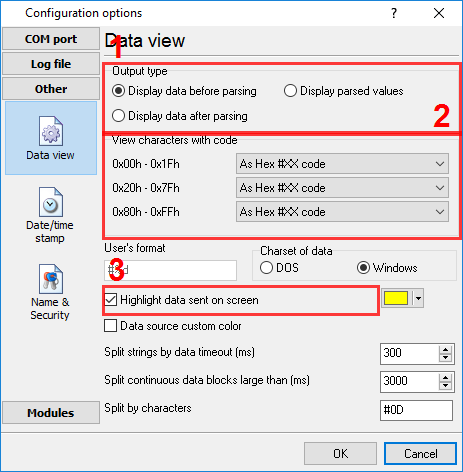
Pid Fajli V Torque
Whatever the protocol used, the OBD defines 10 modes of diagnostic. Not each mode is necessarily supported by the engine ECU (ECM).
Mar 09, 2019 This video is to help setup Torque pro on android so that you can see the Chevy Bolt vehicle data include battery percentage, battery temp, voltage, heater use, ac use. Please use the link. Direct Torque Control for Induction Motor Using Fuzzy Logic. 1 FAZLI MOTOR ANİMASYONU(SINGLE.
The more recent your vehicle, the greater the chance of it supporting more modes. The following page gives some examples of vehicles tested by users. Mode 1 This mode returns the common values for some sensors such as: • engine speed • vehicle speed • engine temperature (air, coolant) • information about oxygen sensors and air/fuel mixture Each sensor is characterised by a number called PID (Parameter Identifier) used to identify the parameter. For example, the standard stipulates that the engine speed has a PID of 12. The OBD standard (updated in 2007) includes 137 PIDs. As for the modes, not all cars support all PIDs.
 The page gives the PIDs supported in the various modes on certain vehicles For an exhaustive list of PIDs, go to the section ' on our site. Mode 2 This mode gives the freeze frame (or instantaneous) data of a fault. When a fault is detected by the ECM, it records the sensor data at a specific moment when the fault appears. Mode 3 This mode shows the stored diagnostic trouble codes.
The page gives the PIDs supported in the various modes on certain vehicles For an exhaustive list of PIDs, go to the section ' on our site. Mode 2 This mode gives the freeze frame (or instantaneous) data of a fault. When a fault is detected by the ECM, it records the sensor data at a specific moment when the fault appears. Mode 3 This mode shows the stored diagnostic trouble codes.
These fault codes are standard for all makes of vehicle and are divided into 4 categories: • P0xxx: for standard faults linked to the powertrain (engine and transmission) • C0xxx: for standard faults on the chassis • B0xxx: for standard faults on the body • U0xxx: for standard faults on the communications network More details and the definition of the generic fault codes are available on our page. Mode 4 This mode is used to clear recorded fault codes and switch off the engine fault indicator. Note: mostly it is not necessary to clear a fault that has not been diagnosed or repaired. The MIL will light again during the next driving cycle. Mode 5 This mode gives the results of self-diagnostics done on the oxygen/lamda sensors. It mainly applies only to petrol vehicles.
For new ECUs using CAN, this mode is no longer used. Mode 6 replaces the functions that were available in Mode 5. Programma dlya ip camera id002a 2017. Mode 6 This mode gives the results of self-diagnostics done on systems not subject to constant surveillance. Mode 7 This mode gives unconfirmed fault codes. It is very useful after a repair to check that the fault code does not reappear without having to do a long test run. The codes used are identical to those in mode 3.
Mode 8 This mode gives the results of self-diagnostics on other systems. It is hardly used in Europe. Mode 9 This mode gives the information concerning the vehicle, such as: • the VIN (vehicle identification number) • calibration values Mode 10 (or Mode A) This mode gives the permanent fault codes. The codes used are identical to those in modes 3 and 7.
Unlike modes 3 and 7, these codes cannot be cleared using mode 4. Only several road cycles with no appearance of the problem can clear the fault. Mode 1 and 2 only The table below describes the main PIDs supported by modes 1 and 2. Mode 1 is used to know the current value of the corresponding PID. Mode 2 is used to know the state of the PIDs when a fault is detected.